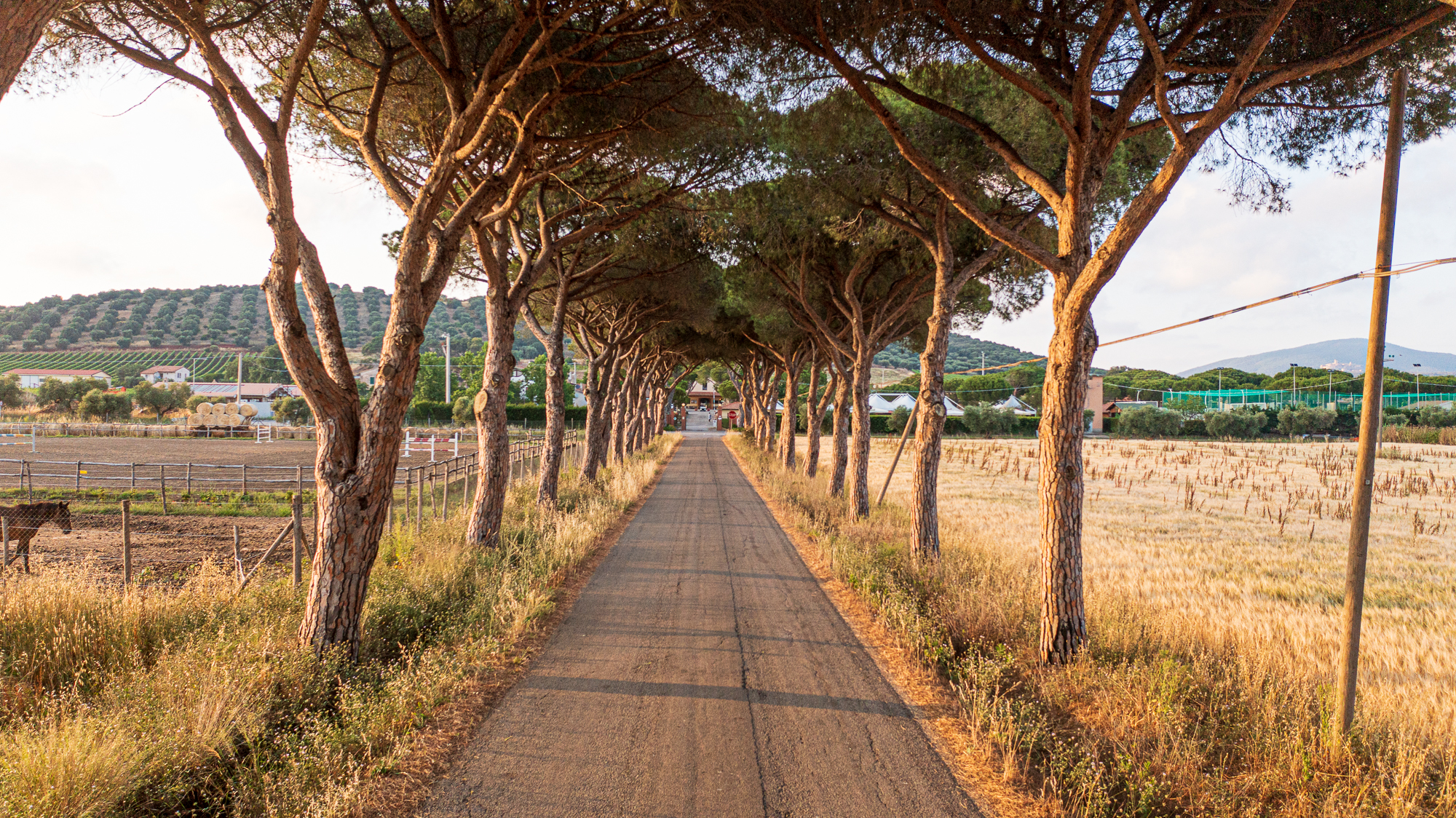Discover Orbetello Italy
Is an important tourist resort and a lively commercial town raising from the lagoon, moreover a destination for many species of birds of passage, including pink flamingos .
It has Etruscan origins (parts of the city walls remain and many Etruscan and Roman finds now exhibited in the fortress-museum Guzmann , and the Etruscan pediment of the temple of Talamone); Orbetello shows itself with its characteristic gates and parts of Spanish walls (the fortifications were begun in 1557 under Philip II).
The principal monument is the Cathedral of Santa Maria Assunta, which –according to the tradition – was founded on a pagan temple, enlarged in XIII century and rebuilt by Orsini in 1376, it was rearranged in the XVII century and two aisles were added.
Of the Gothic building it remains the façade of travertine with its bell-shaped structure, pointed arch portal and several stylistic late Gothic elements.
Inside the cathedral, among other things, it is kept an altar-frontal of marble dated back to the IX c. decorated with panels with branches, zoomorphic figures, bunches of grapes, and knots.
Two tombolo of sand (Giannella, where is located a WWF building-laboratory, and the State property Feniglia : both characterized by a tourist settlements, but also by point of sighting of aquatic birds) connect Orbetello with Monte Argentario, a promontory which was once a real island, where raise Porto Santo Stefano and Porto Ercole (the latter is dominated by the Spanish fortress recalling the period of Spanish domination, during which that land was an enclave called “Stato dei Presidi”), in summer they are destination of many VIP.
From Porto Santo Stefano (where one can buy very good fresh fish) one can sail to Giglio Island.
Continuing northwards along the Aurelia road one finds Talamone, located in the southern part of natural Park of Maremma . It was an Etruscan town and in Talamonaccio was found the pediment (exhibited in Orbetello) of a big temple: it recalls the Roman victory over the Gallic in 225 b. C. and it represents war scenes of the Seven against Thebes – the last chapter of Oedipus’s myth. Belonging to the Abbey of San Salvatore, as port was disputed between Siena (which at last get the possession) and Florence. Enclosed in medieval walls, it is overlooked by a fortress of grey stone.
Talamone was part of the “Stato dei Presidi” and in 1860 it was used as landing place by Garibaldi during his journey to Sicily by the exploit of Thousand.




